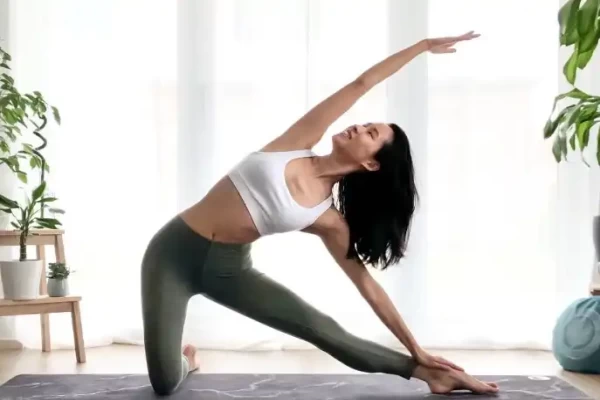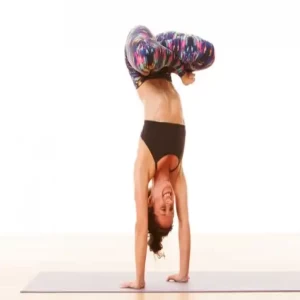 Welcome
Welcome
“May all be happy, may all be healed, may all be at peace and may no one ever suffer."
- A
- B
- C
- D
- E
- F
- G
- H
- I
- J
- K
- L
- M
- N
- O
- P
- Q
- R
- S
- T
- U
- V
- W
- X
- Y
- Z
Sarvangasana - Brands
The complete form of inversion is Sarvaangasadhana Inversion becomes easy to perform this mudra if well practiced. The reverse coin can be called Ardha-Sarvangasana. Lie on your back with your head flat on the floor exactly like the reverse. In Utrakarani, the legs should be raised parallel to the waist, in Sarbangasana, the whole body should be straightened by raising the legs parallel to the skandhas. In reverse, the arms are used as pillars to protect the weight of the waist; But in Sarvangasana the hands will come up on the surface, the center of weight of the whole body will be placed on the Sarvangasana Mudra No. 1 of the arms and legs. In reverse, the chin is level with the head and upwards, ie there is a considerable gap between the voice and the chin. In Sarbangasan, the chin should come close to the mouth. (The hole at the junction of chest and voice is called larynx). This asana also has different variations. The hands can be kept parallel to the ground in the lower part of the surface without holding the surface with the hands or the wrists can be placed on the surface by holding the wrist of the right hand with the left hand. Such clasped hands are particularly helpful in keeping the back and legs straight. Raise your legs and stay in the asana for 5 minutes, when there is no more pain, then you will know that the asana has been mastered. A sick and weak person will practice the action for half a minute and then rest a little and repeat the action; In this way the action will gradually be mastered. The action is 2 to 10 minutes depending on the physical intensity of the event. If unable to practice this asana, instead of this asana, do simple inversion or simple topasana.

Urdhva Hastasana

Uttanasana

Vajrasana

Padahastasana

Phalakasana

Bhadrasana

Parighasana

Parivrtta Trikonasana
To be happy, beautiful, healthy, wealthy, hale and long-lived stay with DM3S.
